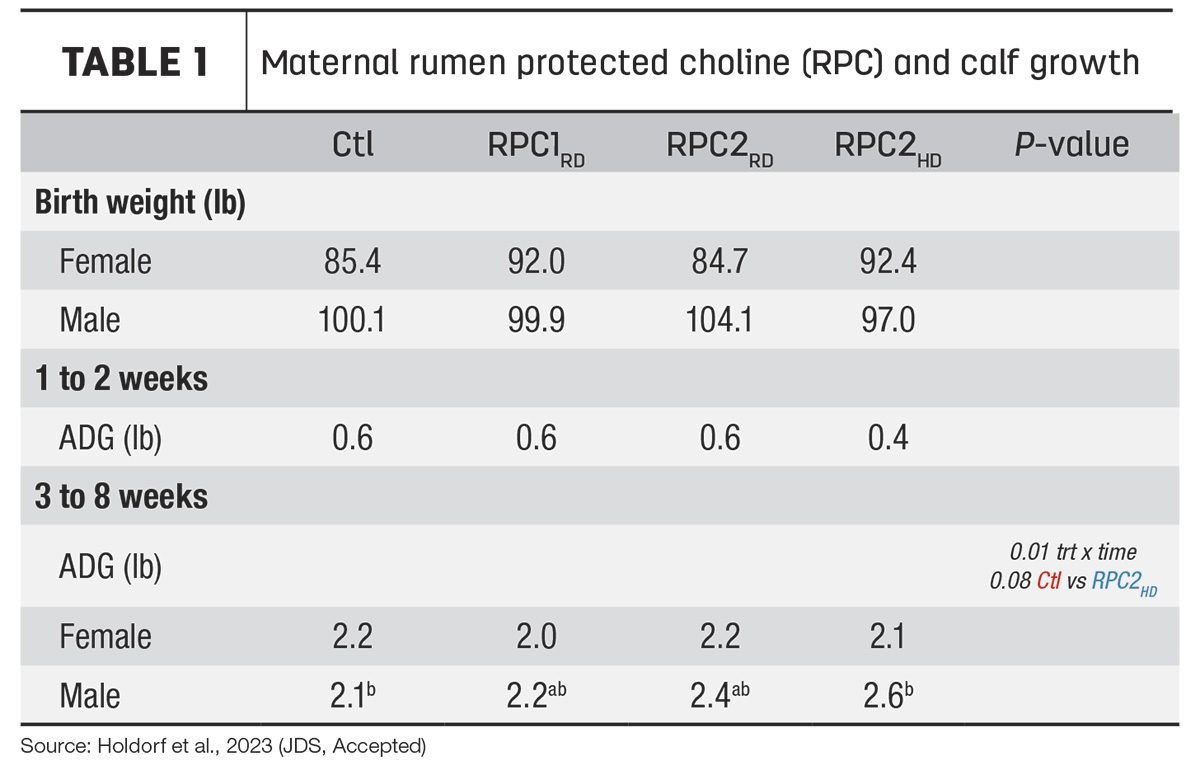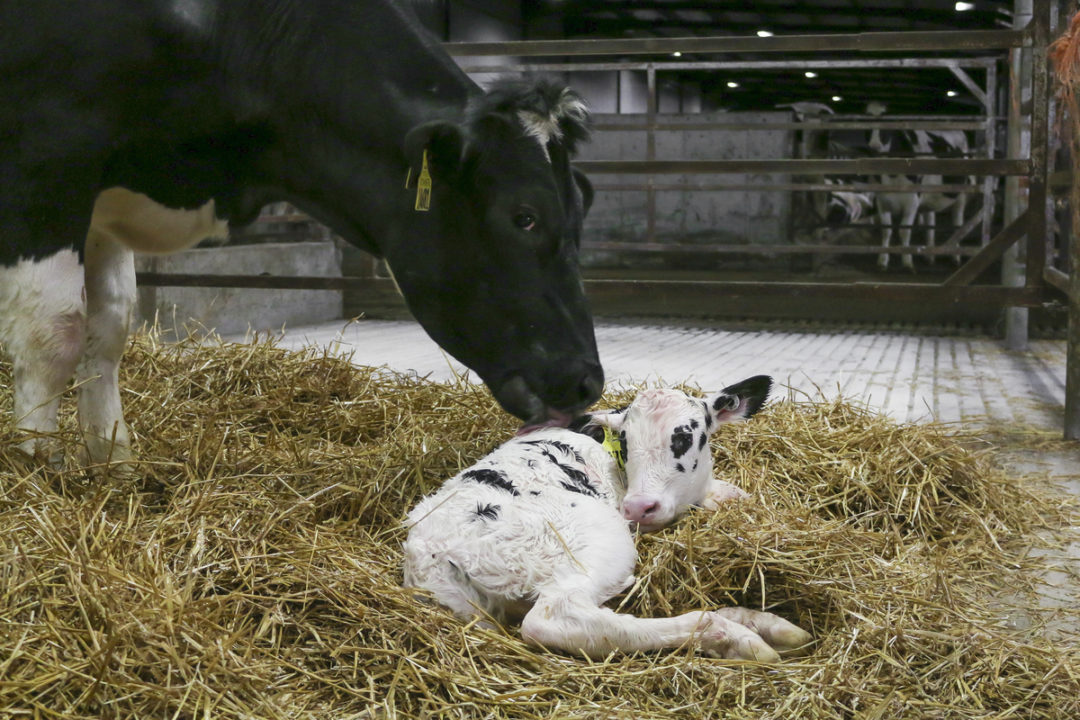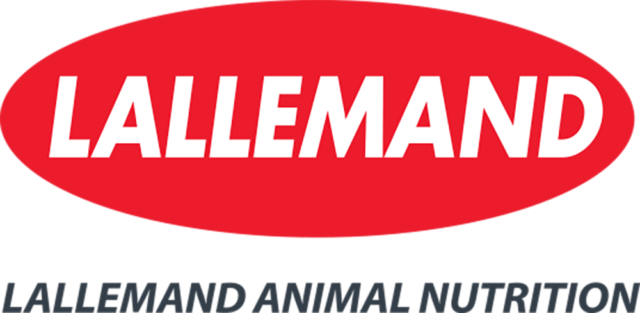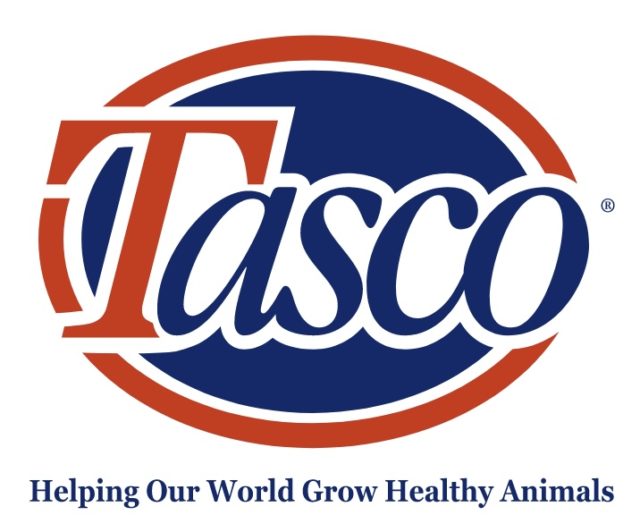Some of the most crucial aspects of calf health and performance begin well before birth. One of these is the unique role of the essential nutrient choline and methyl-group donors during both pregnancy and lactation. Choline becomes increasingly crucial during late pregnancy. An insufficient supply to the dam can adversely affect the calf's gene expression through a process called epigenetics.
The repercussions of choline deficiency during gestation are far-reaching, impacting placental development, fetal growth, cognitive function and even the offspring's immune system. However, the latest research suggests that the role of rumen-protected choline in the diet could be an essential solution.
Providing the necessary methyl donors during the dam's last trimester of pregnancy optimizes fetal programming, leading to significant health and productivity benefits for the calf throughout her lifetime. Understanding this crucial link between nutrition, epigenetics and calf well-being empowers dairy producers to make informed decisions for the future of their herds.
How choline and epigenetics function in the dam
Nutrition and care of cows can influence the development of the fetus that might carry over when heifers become lactating cows. Some of these impacts might result from epigenetic changes in the calf while in utero. Epigenetics refers to changes in the offspring's phenotype because of genetic modifications caused by alterations in the DNA, such as methylation, rather than alterations in the DNA base pairs themselves. “Epi” means over or above, and the terminology emerged from the fact that epigenetic modifications change how the individual behaves and functions without changing its genetic code.
The impact of epigenetics on the offspring has been studied extensively in human medicine and with lab animals, but not quite so much in cattle. Dr. José Santos, professor of dairy cattle nutrition and reproduction at the University of Florida, likens the impacts on the offspring to the outcomes of smoking and alcohol consumption during pregnancy in humans.
Both nutrition and external factors (such as heat stress) during gestation can influence the offspring, resulting in calves that are smaller and less productive than their herdmates, and sometimes these effects extend into lifelong performance. Some of these changes might be caused by epigenetic modifications in the calf.
“We've shown that the male calves born from dams supplemented with rumen-protected choline and fed colostrum from dams supplemented with the same treatment had improved absorption of immunoglobulins,” Santos says. “The same calves had attenuated inflammatory responses when we challenged them with bacterial compounds that would resemble an infectious disease.”
He adds that the impact of specific nutrients, such as choline, on calves is still in its infancy compared to other research areas.
Dr. Heather White of the University of Wisconsin – Madison, who recently completed a research project on prepartum feeding rates of rumen-protected choline, explains that the methylation process is where a methyl group attaches to the DNA’s histone, which is the structure the DNA wraps around and influences how tightly or loosely it’s wrapped.
“What that means, in general, is if the DNA is wrapped really tightly then it's not read at a given moment in time,” White says. “Sometimes DNA being methylated turns on genes, and sometimes it turns off genes. Some methylations are stable methylations that will last the offspring’s whole lifetime.”
How DNA is methylated (along with other forms of epigenetics) can be strongly influenced by the dam’s nutrition during gestation, influencing the way the genetic code is expressed in the calf.
In dairy cattle, choline is a particular nutrient that has been supplemented in a rumen-protected form for more than 25 years during the prepartum and early postpartum periods.
Across the board, cows respond positively to this supplementation with an increase in both milk and energy-corrected milk production with increased dry matter intake. For the calf, White says that the latest research shows that calves are also seeing long-term benefits in both growth and overall health.
Because choline is sensitive to the rumen environment, it will be degraded and not utilized by the cow if it is not fed in a protected way, such as by encapsulating it in fat to resist the harsh rumen microbial environment. This method allows the nutrient to pass through the rumen and eventually into the small intestine, where it can be absorbed and utilized by the body.
Without additional supplementation, many cows may be choline deficient.
“Choline is a methyl donor,” White says. “We know it serves as a methyl donor in the adult animal. If we're feeding it in a pregnancy, it could contribute to methylation of fetal DNA, and that might be one of the mechanisms that influences growth. That could certainly explain how it has an impact on the calf long after the calf was born.”
White notes that several choline studies have followed cows for 100 days or more postpartum, as opposed to the usual 21, to see how milk production was maintained. Consistently, the research has shown that milk response has been positive even into the distant postpartum period.
“I think that's important for people to keep in mind – you don't just get the benefit when you're feeding it, you get the benefit in a long-lasting manner,” White says.
Long-term calf performance benefits
“The one really interesting thing we observed in those animals is that we did have an unintentional bloat challenge,” White says. “And when we retrospectively analyzed that data, and we dug in and looked at some markers of gut integrity, the calves that were born to cows that were supplemented with choline did a lot better with that challenge in terms of gut integrity markers.”
They also looked at Angus-Holstein cross animals, and observed improvements in average daily gain a little later (closer to weaning), as well as with growth and feed efficiency on a finishing diet (Table 1). Even at the slaughter stage, there were improvements in marbling compared to those born from dams who received no choline supplementation. The findings were similar with both male and female animals.

“They were never on choline treatments themselves, yet the maternal treatment had an impact that lasted all the way to slaughter at 16 months of age,” White says.
The road ahead
At this time, it is unknown exactly if the effects of feeding rumen-protected choline to cows affects calves because of epigenetic modifications and if these changes perpetuate over generations into the future.
However, Santos says he believes that there is some evidence to suggest that nutritional interventions during pregnancy can affect the epigenome of calves that may very well carry into that generation and perhaps future generations.
He points to some research done by his colleagues, Geoffrey Dahl and Jimena LaPorta, which found offspring into the second generation of animals stemming from dairy cows that received evaporative cooling during their dry periods were more productive than the second generation from cows that did not receive evaporative cooling during summer heat stress. Research on mice and people has also found similar themes in the perpetuation of epigenetics across generations.
Because the unequivocal benefits of choline supplementation during the transition period to cows and the initial research on the effects of choline supplementation to dams on calves are promising, producers are likely to widely adopt supplementing rumen-protected choline to dairy cows. Additional research will help us determine how to fine-tune supplementation and uncover other short- and long-term benefits for offspring as well as dams.
“You have to be able to improve milk yield or have other benefits to make [dietary changes] attractive for producers, so they implement them,” Santos says. “More research is being conducted to characterize the expected effects of choline on calves and then determine if the responses are observed across different management scenarios and conditions, what we call consistency of findings, which needs to be demonstrated, but it's promising. I think that will continue to happen.”







